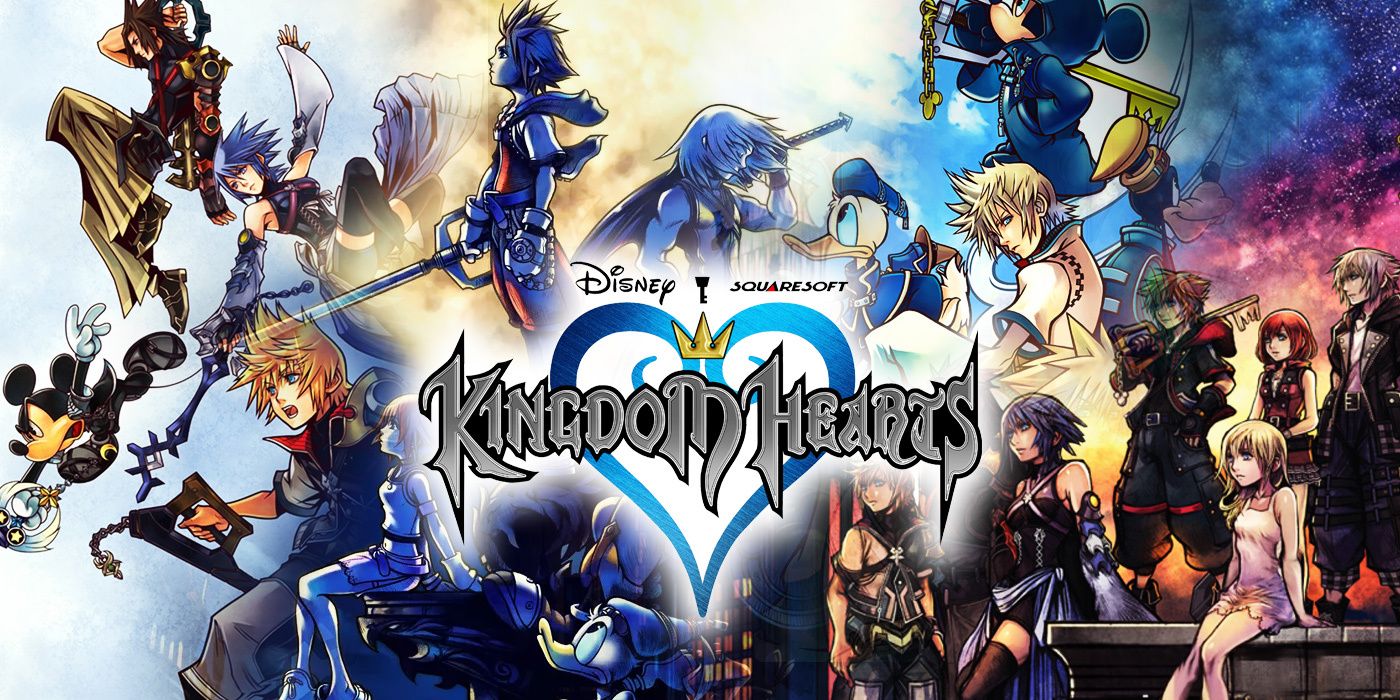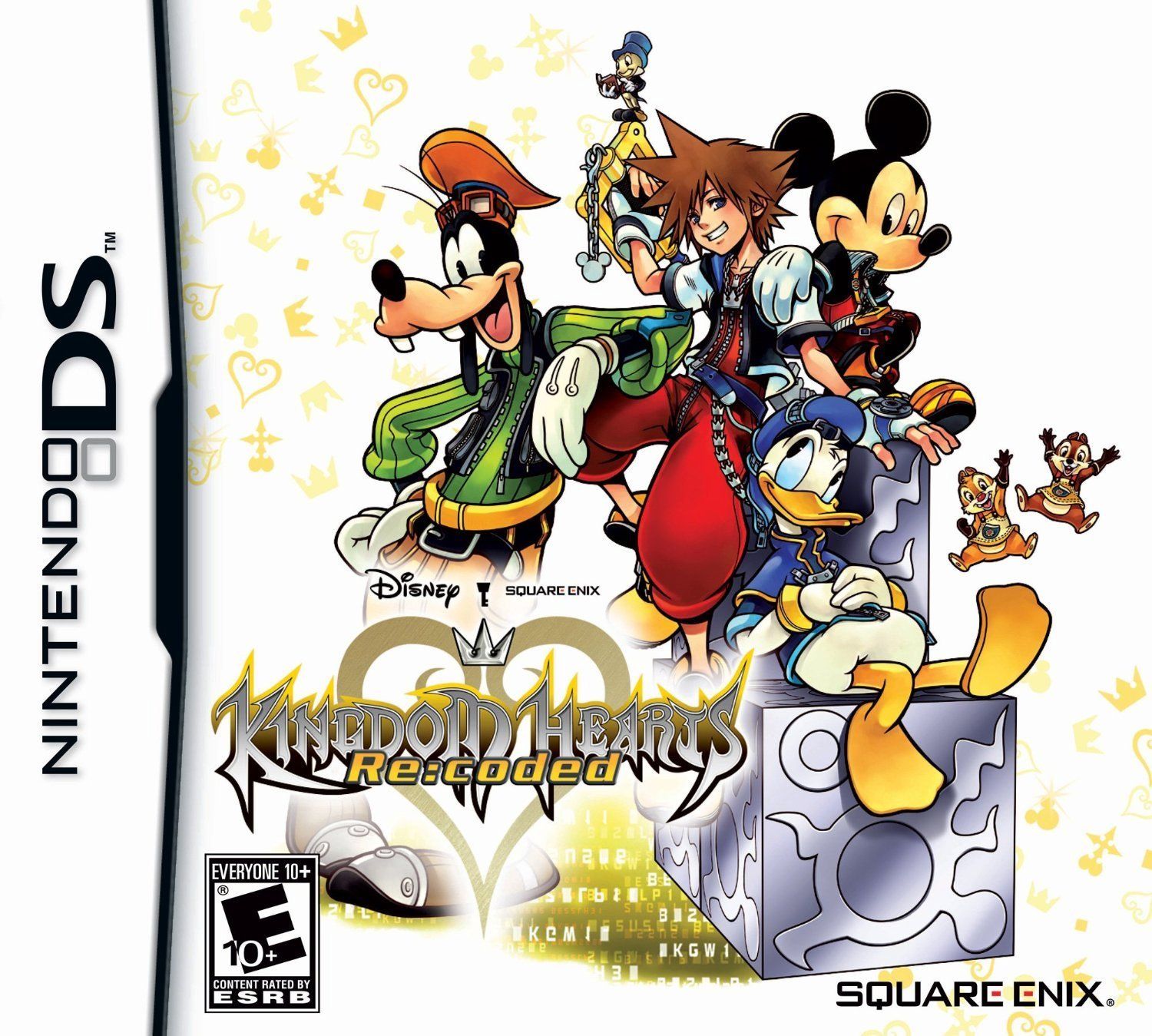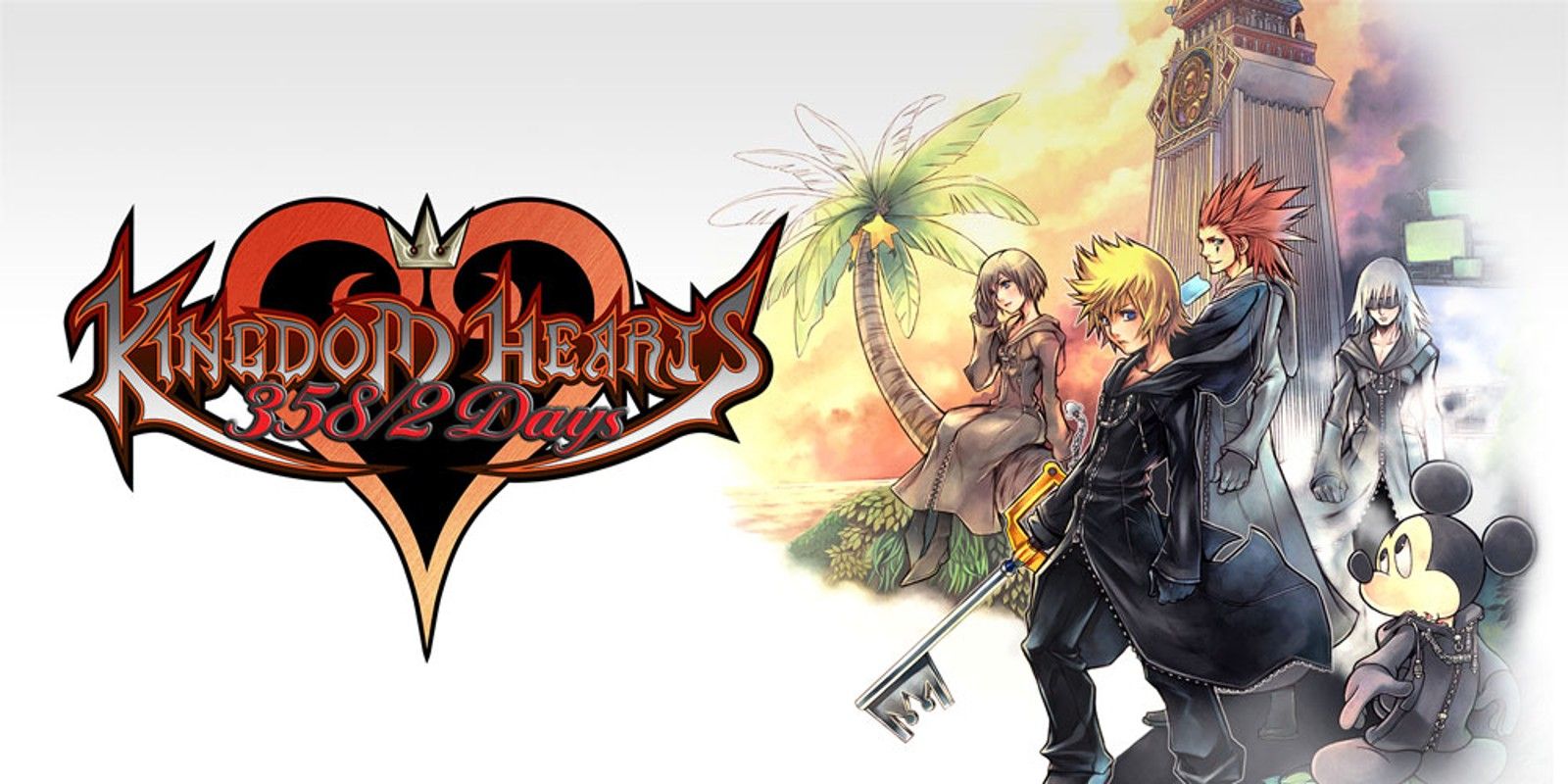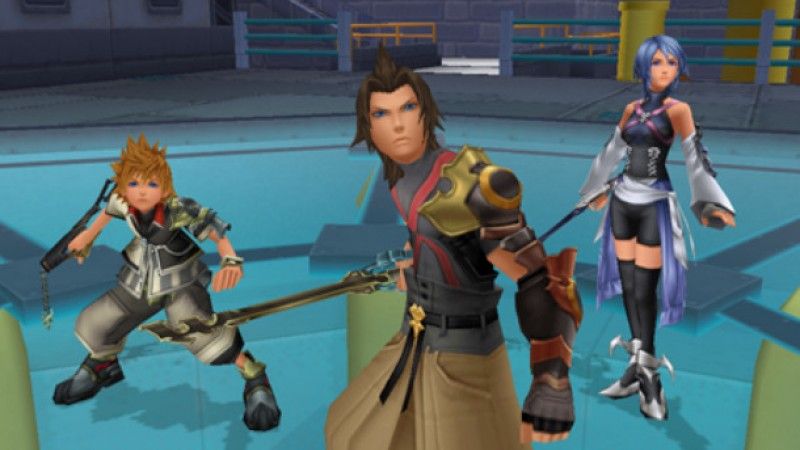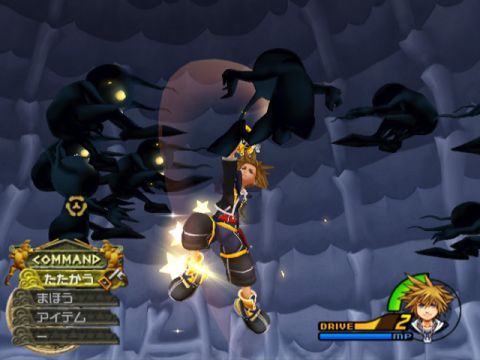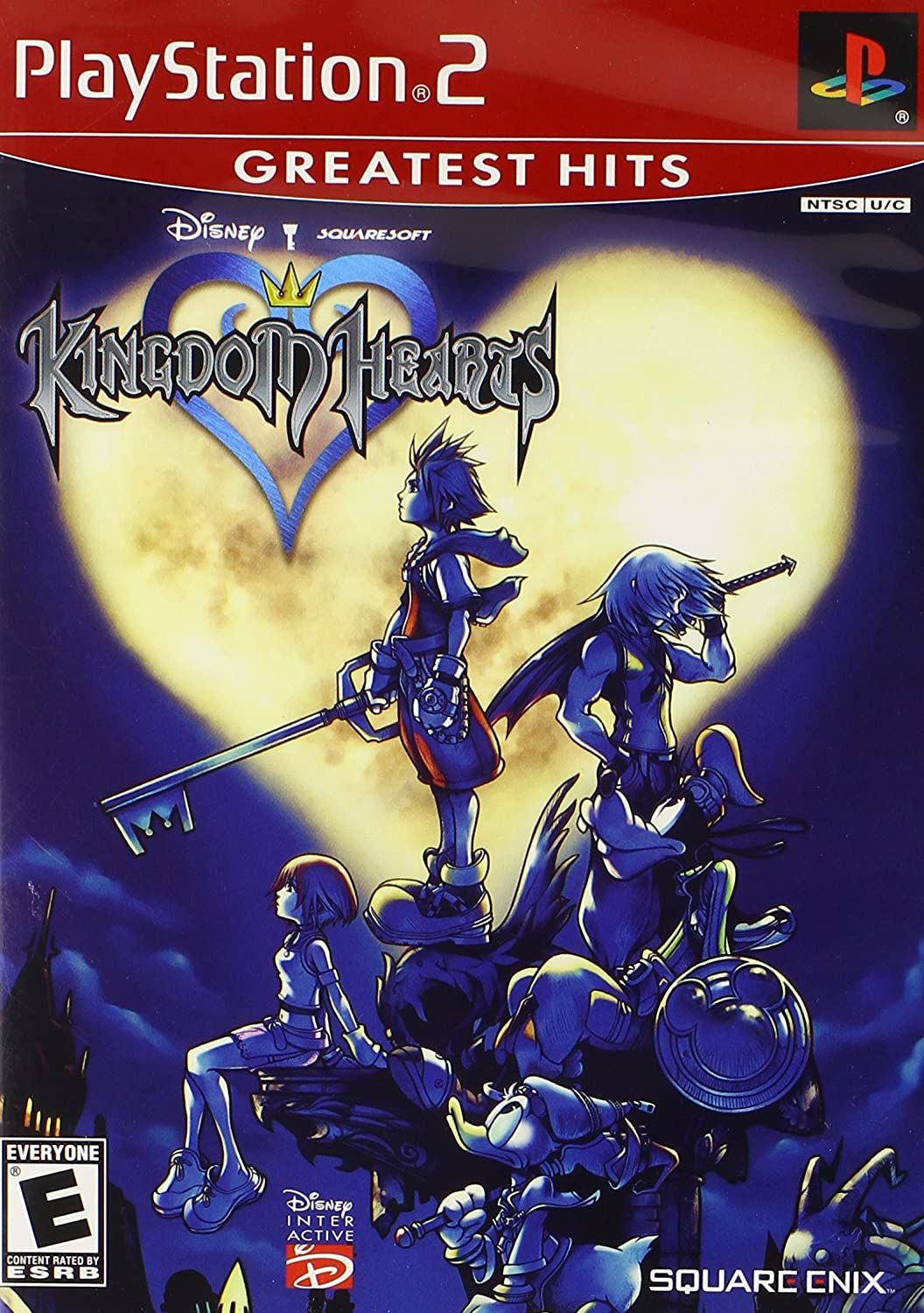If the reaction to last month’s Smash news is any indication, the world is ready for more Kingdom Hearts. 2019’s Kingdom Hearts III may have been the conclusion of the “Dark Seeker” saga, but series director Tetsuya Nomura has said that ideas are “percolating” for what comes next. Based on hints from recent games, all signs point to a future as convoluted as the first era for the series became – a prospect that’s red meat to some fans, exasperating for others.
But it will be a long wait either way, with Nomura and his team still recharging from the last entry. In the meantime, there’s plenty to revisit in this most unusually appealing of crossovers, good and bad. A story this complicated needs revisiting anyway. Here are all the Kingdom Hearts games to date, from worst to best, with a focus on the narrative. (With one caveat: the mobile game Kingdom Hearts χ, under all its various names, is out of consideration. Its story material seems poised to matter in the future, but it’s only tangentially connected with the Dark Seeker saga.)
9. Kingdom Hearts III
To some, Kingdom Hearts III was a moving and worthy conclusion to everything that had come before. To me, it’s the only piece of media bearing the Walt Disney signature that was a more excruciating experience than Maleficent. Fourteen years since the last numbered title in the series, fourteen years of hopes and expectations built up, and for what? Monologue after tedious monologue of exposition and lore drops. A diminished collection of Disney worlds, all of them virtually meaningless to the larger story. No Final Fantasy characters. A roster of recycled villains (now called the Real Organization XIII) attempting a variation on evil schemes from earlier games. An incomprehensible story for anyone who didn’t have a 2000-word guide to the series at the ready. And a lineup of heroic characters so overstuffed that no game could have given them all a satisfying payoff.
It’s particularly disheartening (no pun intended) that the heroes written most poorly are the most important: the original team of Sora, Riku, and Kairi. The mishandling of Sora, the nominal protagonist, is the most damaging to the story. He’s more of a dimwitted, unnaturally cheerful deus ex machina at this point than a character. The Re Mind expansion even took away any sense of finality to the game. The graphics are beautiful, the gameplay is fine, and the two new songs by Hikaru Utada are among the best pieces of music for the series. They deserved to be part of a better finale than this.
8. Kingdom Hearts: Dream Drop Distance
When Sora, Riku, and Kairi read King Mickey’s message at the end of Kingdom Hearts II, it could have been the prelude to any adventure for the trio. Seven years later, in Kingdom Hearts: Dream Drop Distance, that adventure turned out to be…a training exercise. Apparently, saving multiple Disney worlds, multiple times, isn’t good enough; Sora and Riku must obtain the Mark of Mastery over their Keyblades. And it is just Sora and Riku put into training. A maddening recurrence in Kingdom Hearts is building up opportunities to expand Kairi’s role, then waving at them as they pass by.
Much of the narrative mess in Kingdom Hearts III was preordained by earlier games, none more so than Dream Drop Distance. The nonsense plan with the Real Organization XIII is set up here. Rules governing Heartless and Nobodies are retconned to drag old villains and allies back from the dead so they can end up in Kingdom Hearts III. That’s great if you like them, but most of those characters were one-note henchmen who have even less to do after their resurrection. The friendship between Sora and Riku undergoes something of a retcon, a consequence of Sora’s diminishing intelligence and emotional complexity. And while past games sometimes fell into the trap of prioritizing lore, villainous plot mechanics, and Xehanort’s past over the heroes and the larger story, this is the game where all of that got out of control. Still, Dream Drop Distance can pick up a few Disney bonus points for finding creative ways to work in Fantasia, the “Runaway Brain” short, and Mickey’s Three Musketeers video.
7. Kingdom Hearts Re:coded
Just as Dream Drop Distance obligated Kingdom Hearts III to pay off certain hare-brained ideas, Kingdom Hearts coded locked its follow-ups into dragging out Xehanort’s story instead of starting a new adventure. Originally a Japanese-only mobile phone game, coded would have been an ideal candidate for a standalone spinoff. The idea of entering Jiminy Cricket’s journal to explore corrupted versions of the first game’s worlds is a perfectly fine premise for a lighthearted diversion. Instead, story material tacked onto the beginning and ending made coded a pivotal – and negative – turning point in the series’ narrative.
It was a turning point many missed, given that the game was only released in one country. Tetsuya Nomura recognized this; he told Kingdom Hearts Ultimania that the game was remade as Re:coded for the Nintendo DS due to the popularity of the system at the time (2010-11). Between its story and issues with the camera and platforming, Re:coded got mixed reviews, with one outlet calling it “the most skip-worthy entry in the series.” Unfortunately, there’s almost nothing you can skip in this series without getting lost in the next game.
6. Kingdom Hearts: 358/2 Days
I am not the target audience for this game. I never wanted or needed any more from Organization XIII than what Kingdom Hearts II gave, and the whole premise of Kingdom Hearts: 358/2 Days is exploring what went on among the villains in that story’s lead-up. Nominally, the protagonist is Sora’s Nobody Roxas. The game begins with his recruitment and ends with his defection and capture. But much of the narrative is given over to Xion, the fourteenth member of Organization XIII. This despite her never being seen or mentioned in Kingdom Hearts II.
Xion has her fans, but who she is and how she works is one of the most confusing aspects of the series. Coming from nowhere and going nowhere, the pathos intended for her doesn’t ring true, particularly after later games rendered her tragic fate moot. Shoehorning her into the story also costs Roxas space to truly develop. But 358/2 Days does come close to being a standalone story. If it weren’t for Xion’s resurrection in Kingdom Hearts III, it could easily be taken on its own, free for fans to enjoy and sourpusses like me to skip. And this game is your last chance to hear the late, great Sir Christopher Lee’s voice work for the series.
5. Kingdom Hearts: Melody of Memory
For how prominently she’s featured in the artwork for the game, Kairi is shortchanged yet again in Kingdom Hearts: Melody of Memory. She wasn’t even the first choice for a narrator. The finale of the game is all but a guarantee that she’ll be benched for the near future of the series, right after she was finally made a playable character in the Re Mind expansion. “Sorry, Kairi; it’s far more important that we follow Riku around – again – and offer Nomura an outlet for his aborted Final Fantasy game. You go off with the other ladies to work on that training you already did off-screen in Kingdom Hearts III.” (If you can’t tell, this bothers me to no end.)
But the story content is light in Melody of Memory. The game primarily serves as a recap of everything that’s come before. How useful it really is in following what’s happened to this series depends on the player. But as a rhythm game, it’s also an excuse to celebrate all the music composed and arranged for the series over the years. And there are worse excuses for a spinoff game with such lovely music, most of it composed by Yoko Shimomura and arranged by Kaoru Wada.
4. Kingdom Hearts: Birth By Sleep
Kingdom Hearts: Birth By Sleep was the second massive retcon to Xehanort’s identity, a bizarre explanation for why Roxas looks the way he does, and another step down the road toward Kingdom Hearts III’s myriad problems. But it’s also the most successful “side” game of the series at standing on its own. Being a prequel with a largely original cast certainly helps, as does having a comprehensible story about disintegrating friendships, temptation, redemption, and sacrifice. If the dialogue is sometimes wooden and the exposition graceless, the tragic heroism of Terra, Aqua, and Ven keeps the ship afloat. And who isn’t charmed by the casting of Mark Hamill and Leonard Nimoy as archrivals?
Birth By Sleep also has some lovely Disney content. That aspect of the series has become increasingly peripheral to the story, but the visits Terra, Aqua, and Ven pay to various Disney worlds have a real impact on their arcs. Besides visiting the classic princess films for the first time, the game gets creative with its own account of Stitch’s past in space and the training of a young Hercules. King Mickey’s early involvement with Keyblades is explored too, though less successfully. What is successful is the battle system for this game, my favorite in the series. If you love throwing magic around, just wait until you get a chance to play as Aqua.
3. Kingdom Hearts: Chain of Memories
Unlike some of the other “side” games, Tetsuya Nomura knew going in to Kingdom Hearts: Chain of Memories how it would connect to the rest of the series – an admittedly easier task back in 2004, when there was only one released game and one more in development. Since Kingdom Hearts II opens with Sora awakening from a pod, Chain of Memories needed to explain how he got there. The result is a surprisingly dark deconstruction of the series’s hero as his memories are scrambled by the witch Naminé on behalf of Organization XIII. As dumb and happy as Sora’s become over the years, it’s refreshing to revisit this game and see him written as a proper character, capable of doubts, fears, rage, and despair. The glimpse into his past growing up with Riku and Kairi doesn’t go as deep as it could have, but Chain of Memories still gives Sora his best arc since the first game. And with the very premise of the game’s setting being built from Sora’s memories, it was impossible for the Organization’s shenanigans to steal too much of the spotlight.
Folded into Chain of Memories is a story for Riku, “Reverse/Rebirth.” It’s not as long nor as good as the main game, but it isn’t mandatory either. Both use a card-based battle system originally designed for the Game Boy Advance. The GBA version of Chain of Memories was the least commercially successful Kingdom Hearts game to date, and the PlayStation 2 remake saw mixed response to how well the card system carried over.
2. Kingdom Hearts II
The Bride of Frankenstein, The Godfather Part II, The Empire Strikes Back – all members of that small club of sequels celebrated for surpassing the original, and Kingdom Hearts II is often held in the same regard. For graphics and gameplay, it was certainly a step up. The game included more Disney worlds too, a mix of old and new that the player passes through twice. Some weren’t much more than filler, but others integrated nicely into the main story. Team-ups between Disney and Final Fantasy characters were still plentiful, with minigames and side quests abound, and the score was a stand-out even in a series packed with great music.
I wouldn’t say that Kingdom Hearts II was an improvement on story, however. It’s a long, complicated game with plot holes and obnoxious retcons along the way. The first twist to Xehanort’s history is here, as are early signs of the doofus Sora would become. The villainous Organization XIII is absent for a long stretch of the first pass through Disney lands. For how much of an impact they made on fans, Roxas and Naminé don’t see much use either. But the complications were still manageable at this point in the series; tracking the plot still a fun ride. And Kingdom Hearts II has as perfect an ending as you could ask for. A thematic thread of resolution runs throughout the plot, and the ending resolves everything from this game, Chain of Memories, and the original so beautifully – and so definitely – that the only way to keep the Dark Seeker saga going was to recklessly tear it apart.
1. Kingdom Hearts
If you haven’t revisited the beginnings of the series in a while, and the madness of Kingdom Hearts III left you reeling, do yourself a favor and replay the original Kingdom Hearts. I promise, you’re not crazy: things didn’t use to be so nuts. The Final Fantasy characters were there, and they did matter. The Disney worlds mattered – the whole mission of the first game revolves around rescuing Disney worlds from oblivion. The two halves of the crossover were once well-blended. The dialogue wasn’t always so wooden. The lore was easy to wrap your head around. You didn’t need a flowchart to understand who the hell the main villain was.
Most of all, in the original Kingdom Hearts, there was a clear story with depth, not convoluted surface-level plotting. At its core, Kingdom Hearts juxtaposes how Sora and Riku handle the leap out of childhood. Riku, the more outwardly mature one hailed as the big tough hero back home, descends into childish selfishness, while Sora goes through a subverted hero’s journey and demonstrates maturity and heroism. Between them is Kairi, burdened with a past she can’t remember. Add in the beginnings of her young love with Sora, an impressively compelling arc for Donald and Goofy, and a daringly bittersweet ending, and you have one fantastic story that reflects the best of Disney and Square Enix. It’s magical, heartbreaking, and – forgive me – simple and clean.

